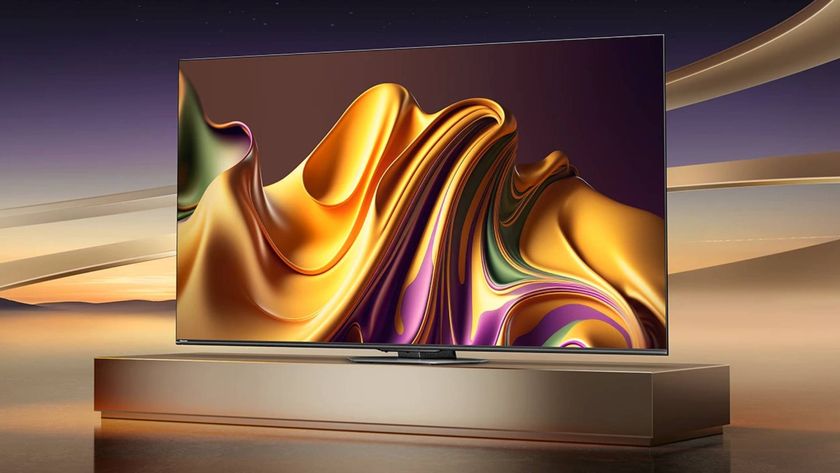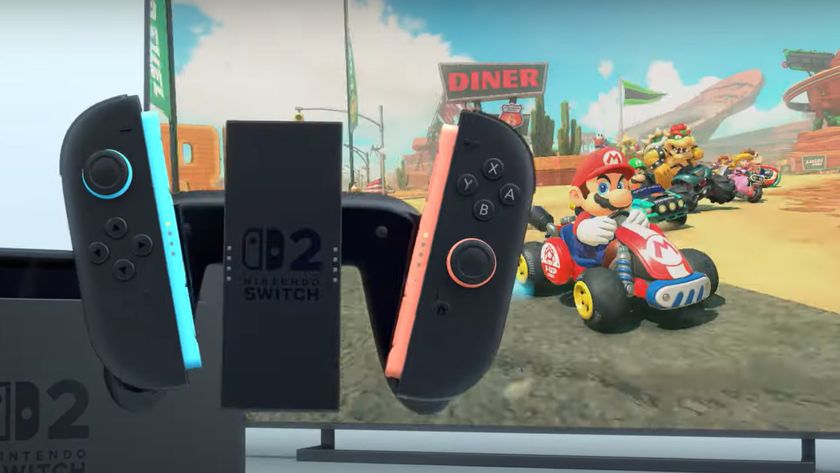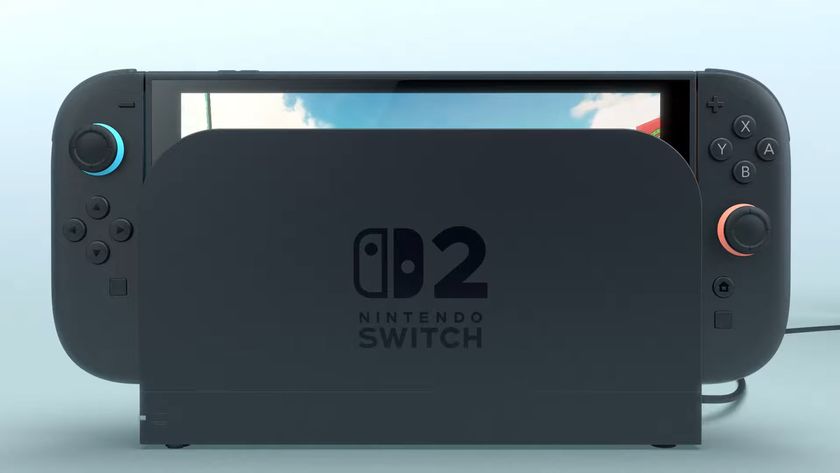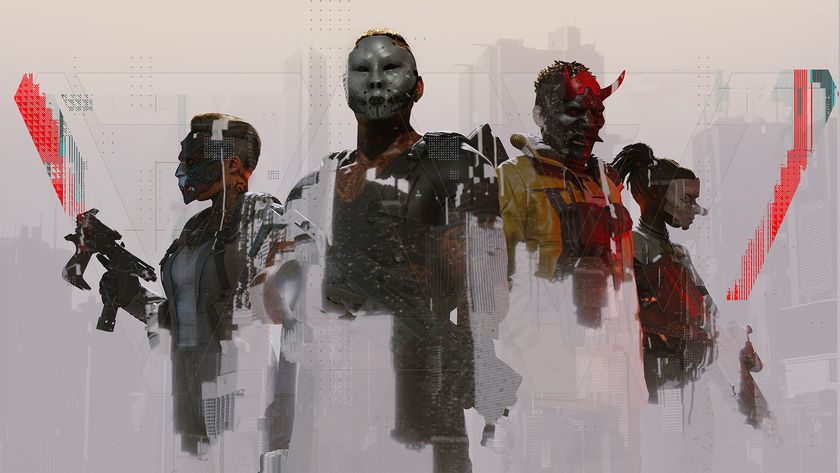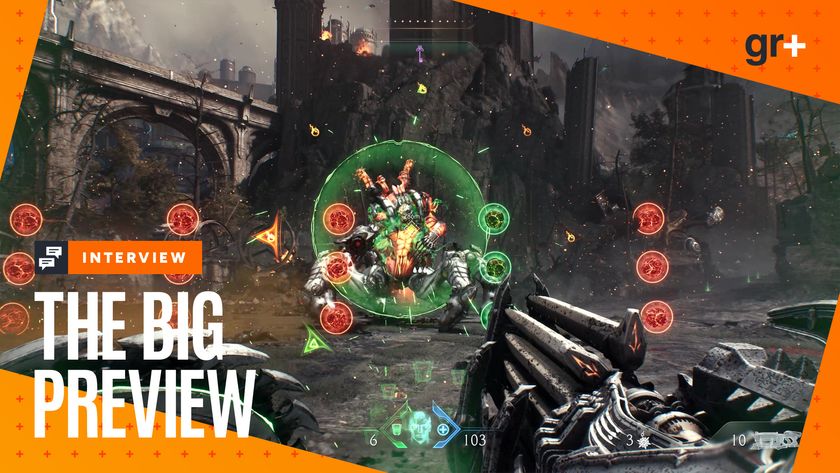TN vs IPS - gaming monitor tech explained and compared
What does TN and IPS mean, and which monitor type is best for gaming?

Anyone who ever played PC games on a 14in CRT screen at 640x480 or less knows that, with the newest monitors offering a slew of extremely large, bright and flat screens to choose from, we’re extremely lucky these days. Whether you have something considered to be close to the best gaming monitor, beautifully calibrated for precision graphics, or just hook an HDMI cable up to the nearest 4K TV, modern displays support high resolutions, fast refresh rates, and wide color gamuts. Games look great, and we partly have advances in monitor technology to thank for that.
The crazy brand names that bedevil PC peripherals such as gaming keyboards and PC cases haven’t reached monitors yet: they still use long model numbers in the style of TVs. From these, you can sometimes discern the diagonal measurement and little else, but there’s one piece of information that will tell you a lot about the monitor you’re looking at: the panel technology it uses. Most are either TN or IPS. There have been several attempts at making the perfect flat screen, but none have managed it yet. Here is how the various types break down.
TN - Twisted nematic field effect
When LCD screens were new technology, there was only one type: TN. The twisted nematic effect was the key technological breakthrough that made mass adoption of LCDs practical, especially for portable devices, and is still very commonly used today. What it means is that layers of liquid crystals, sandwiched between glass plates, can be made to twist between states that let light through or block it completely. Build up enough of these cells, add some polarizers and coloured filters, and you get a screen capable of displaying almost anything.
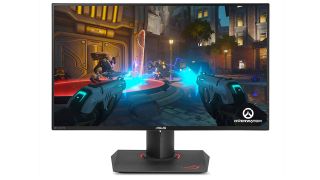
Today’s TN panels are hugely advanced compared to their 1970s progenitors, but the basic principles remain the same. TN screens are very common, and often more reasonably priced than other types which can make them attractive, as can their speed of operation - TN offers the fastest response times of any panel technology, making them a good choice for gamers. They’re not perfect, however, with contrast and colour reproduction merely decent, narrow viewing angles, and poor performance if viewed in direct sunlight.
IPS - In-plane switching
A technology commonly found in TVs, IPS panels were developed to address major flaws in TN - namely better colour reproduction and wider viewing angles - by changing the way the liquid crystal layer and polarizers behave and arranging the pixels in chevrons rather than straight lines. It’s hugely successful at this, giving accurate colour from any angle, and darker blacks that mean better contrast too. IPS screens lose brightness rather than colour saturation as your viewing angle increases (i.e. you move to the side) and you can go as far as 50° off centre before the picture loses more than half its brightness, though this depends very much on the individual screen. Run your finger across a IPS panel and you don’t get the trailing effect you see on a TN screen, which makes the technology especially important for touchscreens. IPS brings with it problems of its own, however. Response times are noticeably longer than TN’s, and the screens are more expensive to buy and run, as they consume more power.
There’s also the problem of glow. View an IPS screen from a certain angle, and you’ll see the backlight shining through the pixel matrix. This can be distracting in certain scenes, especially when viewing in a dark room.
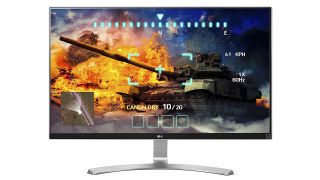
There is another?
TN and IPS aren’t quite the only games in town. Other solutions to the problem of making the perfect LCD exist, and that’s without going into the various types of backlight technology, which has crept into monitors via some of the best gaming TVs.
Sign up to the 12DOVE Newsletter
Weekly digests, tales from the communities you love, and more
Rarer LCD tech includes VA (Vertical Alignment), which largely combines the advantages of IPS and TN, and provides the best contrast ratio, at the cost of response time. This makes it less useful for gaming, as blurring can set in when things are moving fast on-screen. Then there’s PLS (Plane to Line Switching), a Samsung technology that gives an even better viewing angle than IPS, with a brighter picture too. Then there’s Advanced Hyper Viewing Angle (AHVA) which is so similar to IPS and PLS it’s hardly worth separating out.

The best panel boils down to what’s best for you, as there is no clear winner. Are you sitting dead in front of your screen, mostly playing games? Then get a responsive TN screen and spend the change on a new mouse, especially as games are starting to look toward higher framerates rather than just higher resolutions. If you’re watching the screen from an angle, or are interested in accurate colour reproduction from your PC (perhaps you’re a photographer or graphic designer) then look into IPS, a good all-rounder with response times good enough for gaming.
New technology comes along all the time, especially in the world of TVs and other displays, but LCD tech has proven highly resilient, and will probably be with us for many years yet.
Want more? Here's how we test monitors on GamesRadar, before we deliver a verdict for review.
Ian Evenden is an experienced freelance writer whose words can be found everywhere from GamesRadar and PC Gamer to T3 and Tom's Hardware. Ian spent years as the Production Editor for Edge magazine, and has gone on to contribute to a wide variety of gaming, computing, science, and technology publications for well over a decade. Legend has it that Ian disapproves of Oxford commas… sorry Ian, but there's no stopping us now.

